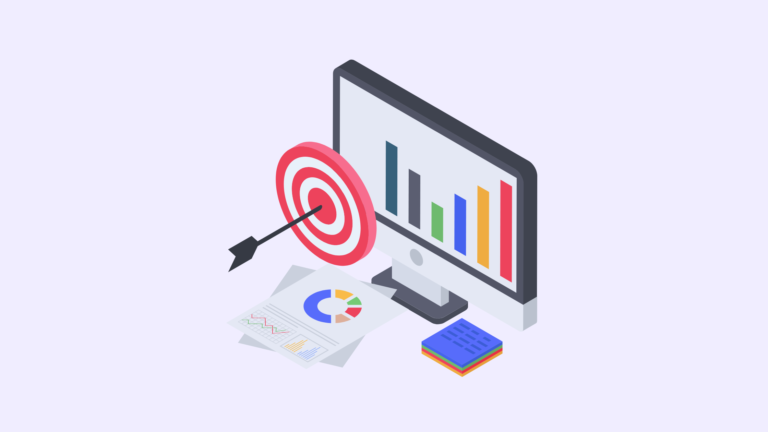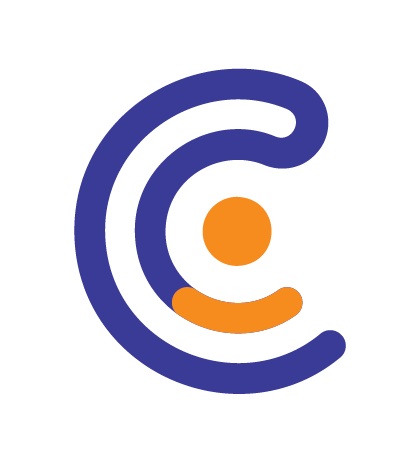For B2B businesses, increasing sales conversion rates is crucial for sustainable growth. Unlike B2C sales, which often have a more straightforward purchasing process, B2B sales require more complex, longer, and relationship-driven interactions. The stakes are higher, and the path to conversion can be lengthy. However, with the right strategies and tools, B2B companies can significantly improve their conversion rates.
In this blog, we will explore effective ways to increase your B2B sales conversion rate, backed by data-driven insights and actionable strategies.
Understanding B2B Sales Conversion Rate
A B2B sales conversion rate refers to the percentage of leads or prospects that are successfully converted into paying customers. This metric is a critical indicator of sales performance and is directly tied to the effectiveness of your sales and marketing efforts.
Key Metrics that Affect B2B Conversion Rate:
- Lead Generation: The process of attracting and identifying potential customers.
- Lead Qualification: Determining which leads are most likely to convert.
- Sales Cycle Length: The time it takes to convert a lead into a customer.
- Close Rate: The percentage of qualified leads that actually make a purchase.
Why Improving Sales Conversion Rate Matters
Improving your B2B sales conversion rate can have far-reaching effects on your bottom line. It doesn’t just mean more customers; it’s about maximizing your resources and improving efficiency across your sales funnel. Here’s why you should focus on increasing conversions:
1. Higher Revenue with Lower Acquisition Costs
A higher conversion rate means you’re turning more of your existing leads into paying customers, which ultimately drives revenue without the need to increase your lead generation efforts. According to a report by Invesp, increasing your conversion rate by just 1% can result in a 10% increase in revenue.
2. Improved Return on Investment (ROI)
When you improve your conversion rate, you increase the ROI of your marketing and sales efforts. You get more value from the same resources, making your overall sales and marketing campaigns more effective and efficient.
3. Streamlined Sales Process
By improving conversions, you can shorten the sales cycle, reduce wasted effort, and make your sales process more predictable. This is especially important for B2B businesses, where long sales cycles can be a significant barrier to growth.
4. Competitive Advantage
A higher conversion rate gives you a competitive edge. By converting more leads into clients, you’re positioning yourself as a more effective and trusted solution provider. According to McKinsey, companies that excel in conversion see 20% higher profit growth.
Strategies to Increase B2B Sales Conversion Rate
Increasing your B2B sales conversion rate requires a combination of effective strategies across the entire sales process. Here are some of the best strategies you can implement:
1. Focus on Lead Qualification
Not all leads are created equal. It’s essential to focus your efforts on high-quality leads that have the highest probability of converting. This can be achieved by implementing a robust lead qualification process.
How to Qualify Leads:
- Use BANT (Budget, Authority, Need, Timeline): Assess if the lead has the budget, decision-making authority, an immediate need for your product, and a timeline for purchase.
- Leverage Intent Data: Intent data can help you identify leads who are actively looking for a solution like yours. Companies that use intent data are 2.9 times more likely to increase their sales revenue (Source: SiriusDecisions).
Example
A software company used intent data tools to identify prospects who were researching cloud computing solutions. By prioritizing these leads, their sales team was able to increase conversion rates by 30%.
2. Nurture Your Leads
Lead nurturing is an essential component of any B2B sales strategy. Most B2B buyers are not ready to make a purchase right away, so it’s critical to stay engaged with them throughout their decision-making process.
How to Nurture Leads:
- Email Marketing: Use automated email campaigns to provide valuable content that educates your leads on your product’s benefits, use cases, and customer success stories.
- Webinars & Demos: Offering in-depth product demos or webinars can help engage your leads and show them how your solution solves their pain points.
Example
HubSpot’s lead nurturing campaigns involve sending educational emails that help move prospects through the sales funnel. By offering useful content and case studies, they maintain engagement and keep prospects interested.
3. Improve Your Sales Funnel
The sales funnel is critical in converting leads into paying customers. Each stage of the funnel should be optimized to guide prospects smoothly toward conversion.
How to Optimize the Funnel:
- Awareness Stage: Ensure your content is tailored to address the needs and pain points of your target audience.
- Consideration Stage: Provide case studies, product comparison guides, and solution demos to help prospects make informed decisions.
- Decision Stage: Offer free trials, discounts, or personalized proposals to encourage a purchase decision.
Example
Salesforce optimized their sales funnel by offering a 30-day free trial of their software. This allowed prospects to experience the product first-hand and make a confident purchasing decision.
4. Enhance Your Website’s User Experience
Your website is often the first impression a lead gets of your company. A website that is difficult to navigate or lacks clear calls-to-action (CTAs) can significantly hinder your conversion rate.
How to Improve UX for Conversions:
- Clear CTAs: Ensure your CTAs are prominent and easy to find. A simple CTA like “Request a Demo” or “Get a Quote” can dramatically improve conversion rates.
- Mobile Optimization: According to Statista, 52.2% of global website traffic comes from mobile devices. Make sure your site is optimized for mobile to avoid losing potential customers.
Example
A B2B eCommerce company improved its website’s CTAs and mobile optimization, resulting in a 15% increase in conversions from mobile users.
5. Build Trust with Testimonials & Case Studies
Trust is a crucial factor in the B2B buying decision. Prospects want to see proof that your product or service works. Testimonials, case studies, and reviews from satisfied clients can help establish that trust.
How to Use Testimonials:
- Feature Client Success Stories: Highlight how your product helped a client overcome challenges or achieve their business goals.
- Client Reviews: Collect reviews and feedback from existing clients and showcase them on your website and social media.
Example
Dropbox increased conversions by 60% by showcasing detailed case studies and testimonials from clients who experienced significant productivity improvements using the product.
6. Implement Retargeting Ads
Retargeting ads are a great way to stay in front of prospects who have shown interest but have not yet converted. These ads remind them of your offering and encourage them to take the next step in the sales process.
How to Retarget:
- Use Platforms like Google and Facebook: Retargeting ads on platforms like Google Ads and Facebook allow you to re-engage prospects who visited your website but didn’t convert.
- Custom Messaging: Tailor your retargeting ads based on the pages the prospect visited or actions they took on your site.
Example
A B2B company used retargeting ads to remind leads about a product demo they viewed but hadn’t signed up for. This led to a 20% increase in demo sign-ups.
Conclusion
Increasing your B2B sales conversion rate is a multifaceted effort that requires optimizing every stage of the sales process. From qualifying leads to nurturing relationships, improving your website’s user experience, and leveraging testimonials, each of these strategies plays a vital role in boosting conversions.
By implementing the right tools and strategies, you can create a more effective sales funnel, engage your leads better, and close more deals. The key is consistency—optimizing your approach over time to ensure a steady stream of conversions and business growth.
Start implementing these strategies today, and watch your B2B sales conversion rate soar!




